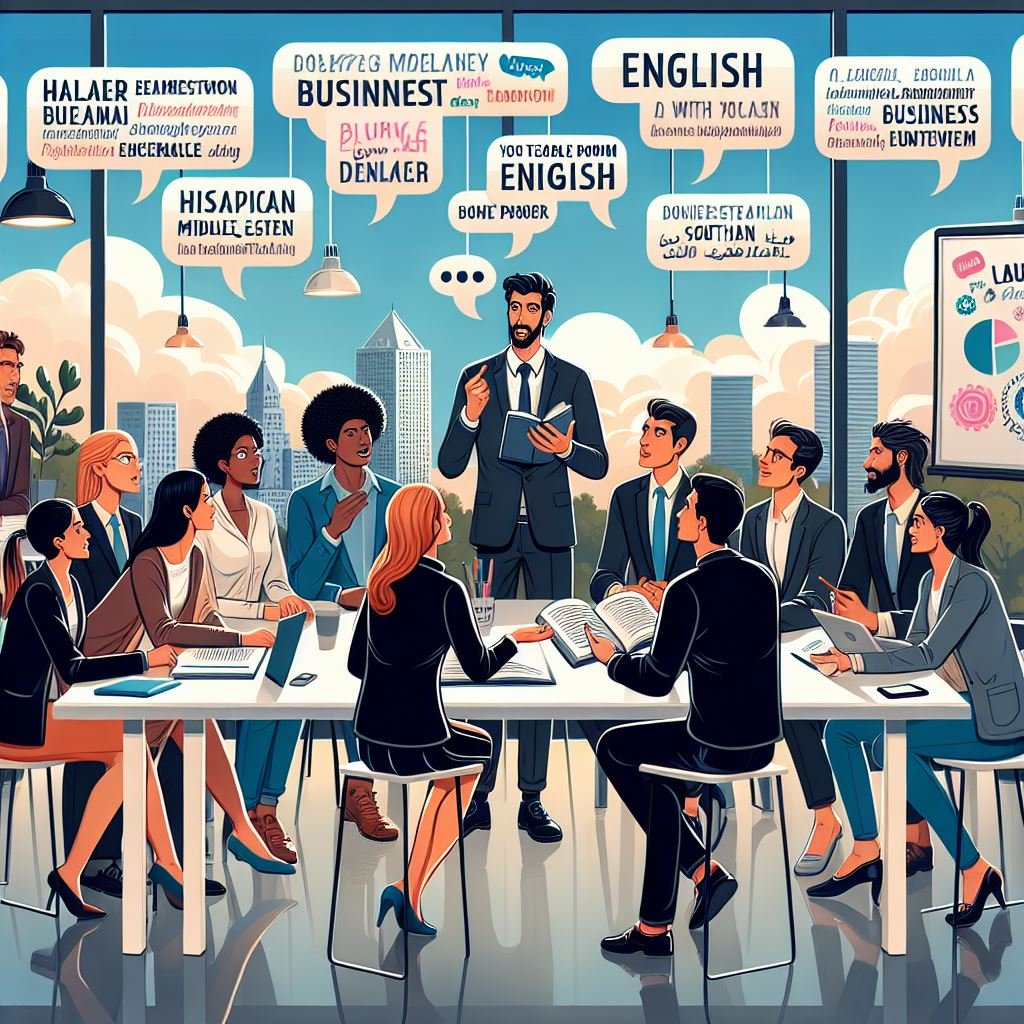🔍 Comparing and Contrasting
Mastering the language of comparison is essential in business English. Whether analyzing performance, describing products, or explaining strategies, you’ll frequently need to show similarities or highlight differences. Below are common expressions and usage examples.
📘 Key Vocabulary
- Compare: to examine two or more things in order to note similarities and differences
- Contrast: to examine in order to show unlikeness or differences
- Differentiate: to recognize or express the difference between things
- Similar: having qualities in common
- Distinction: a difference or contrast between similar things or people
- Likewise / Similarly: used to express comparison
- In contrast / Unlike: used to express opposition
✍️ Exercise – Choose the Correct Word
- The ______ in working conditions between our Denver and Chicago departments is very noticeable.
- The two companies ______ considerably from each other.
- It is often difficult to ______ between genuine and fake employee illnesses.
- Our software shares some ______ with market competitors.
- There is a clear ______ between starting a company and taking over one.
- ______ with 15 years ago, home PCs are faster and cheaper.
- These two products are very different: no ______ is possible.
- Our phones ______ our competitor’s, but offer better features.
- There are several ______ between our new and old photocopiers.
- ______, hackers can access personal files and banking systems.
- ______, our prices are also excellent.
- ______ the TOEFL®, the TOEIC® focuses on professional content.
- The company underperformed. ______, it still made a profit.
- There is a large ______ between employment in services and primary industries.
- The new contract has a 6-month notice clause, ______ the old one allowed immediate termination.
💻 Exercise – Replace the Words
Word bank: CD drive, components, CPU, desktop, DTP, flash-drive, hard disk, hard drive, keyboard, laptop, load, memory, monitor, mouse, printer, scanner, software, spreadsheet, USB port, word processing
This is my new desktop (I’ve also got a laptop). There are six main components. The CPU carries the memory, including the hard disk. It has high storage capacity. I use software including word processing, spreadsheet, and DTP. You can load programs via the CD drive or USB port with a flash-drive. Other devices include the monitor, keyboard, printer, scanner, and mouse.
